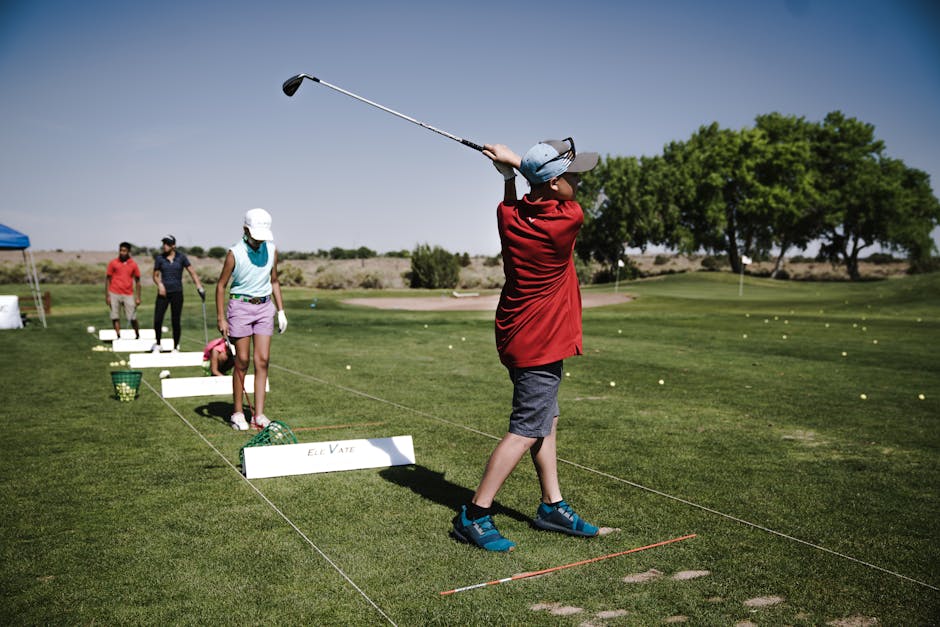Golf is a challenging and rewarding sport that requires skill, precision, and the right equipment. Among the most important pieces of equipment is the golf club, a tool that has evolved over centuries to enhance the player's ability to strike the ball with accuracy and power. In this blog post, we delve into the fascinating world of golf clubs, exploring their design, materials, and impact on the game.
The design of a golf club is a complex blend of science and craftsmanship. Each club is meticulously engineered to perform a specific function, from driving the ball long distances to chipping it precisely onto the green. The clubhead, shaft, and grip all play crucial roles in determining the club's weight, balance, and feel.
The clubhead is the part of the club that strikes the ball. It is typically made of metal, such as titanium or stainless steel, and is designed with a specific shape and loft to impart the desired spin and trajectory to the ball. The shape of the clubhead can vary significantly, from the rounded shape of a driver to the angular shape of a wedge. The loft, measured in degrees, determines the angle at which the ball is launched into the air.
The shaft of the golf club connects the clubhead to the grip. It is typically made of steel, graphite, or a combination of both materials. The shaft's length, flex, and weight affect the club's feel, accuracy, and distance. A longer shaft provides more leverage, resulting in greater distance, while a stiffer shaft produces a more consistent and predictable shot.
The grip of the golf club is where the player's hands make contact with the club. It is typically made of rubber or leather and is designed to provide a comfortable and secure hold. The size and shape of the grip can vary depending on the player's hand size and grip style.
The choice of golf clubs is essential for any golfer, regardless of skill level. Different clubs are designed for different situations and shots, from teeing off to approaching the green. A typical set of golf clubs includes a driver, fairway woods, irons, wedges, and a putter.
* **Drivers** are the longest and most powerful clubs in the bag, designed for hitting the ball long distances off the tee.
* **Fairway woods** are similar to drivers but have a shorter shaft and less loft, making them suitable for shots from the fairway or rough.
* **Irons** are used for approach shots from various distances, with each iron having a different loft to control the distance and trajectory of the ball.
* **Wedges** are specialized clubs designed for short-range shots around the green, such as chipping and pitching.
* **Putters** are used for rolling the ball on the green towards the hole.
The evolution of golf clubs has been driven by the constant pursuit of improving performance and consistency. Over the years, materials have become lighter and stronger, and designs have been refined to optimize the club's ability to generate ball speed and control.
Today, golf clubs are an essential part of the game, enabling golfers of all levels to enjoy the challenges and rewards of this captivating sport. By understanding the design and impact of golf clubs, golfers can make informed choices to enhance their game and maximize their potential on the course.

